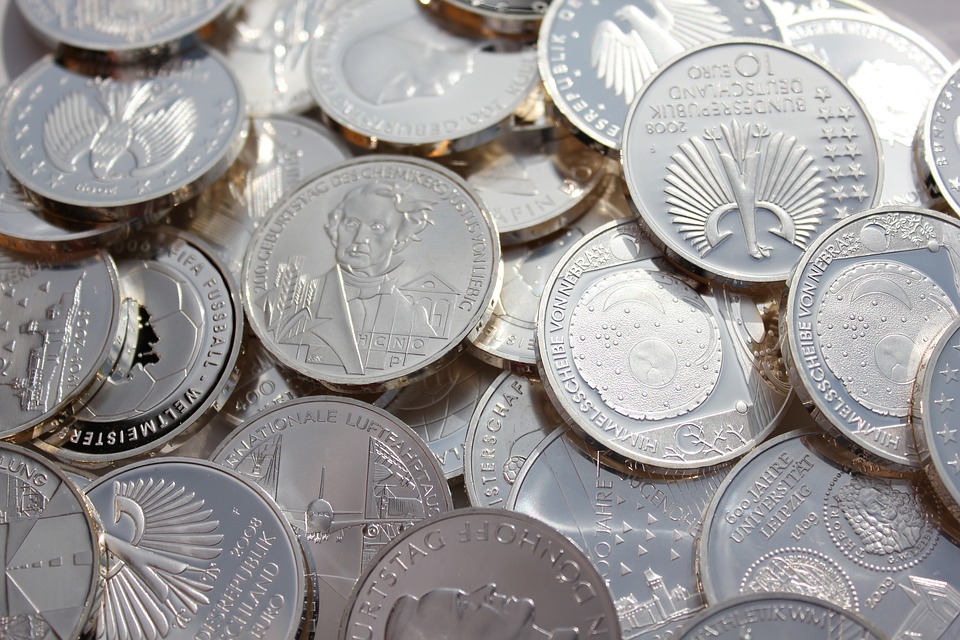Silver in spanish language – Embark on a captivating exploration of silver in the Spanish language, where wordsmiths weave tales of its allure and significance. From everyday conversations to literary masterpieces, silver’s presence enriches the Spanish-speaking world, leaving an indelible mark on its culture, art, and economy.
Throughout history, silver has played a pivotal role in shaping Spanish-speaking societies. Its etymology and evolution provide a glimpse into the interconnectedness of languages, while its scientific and technical applications demonstrate its enduring relevance in the modern world.
Spanish Language Usage
The Spanish language offers a diverse range of vocabulary and expressions for “silver.” In everyday conversations, it is commonly referred to as “plata,” which holds cultural significance in Spanish-speaking countries.
Common Phrases and Idioms
- Vale su peso en plata:Literally meaning “worth its weight in silver,” this idiom signifies something of great value.
- Ser un duro de plata:This phrase refers to a person who is stingy or unwilling to spend money.
- Romper una lanza por alguien:Meaning “to break a lance for someone,” this idiom denotes defending or supporting someone.
Cultural Significance
Silver holds cultural importance in Spanish-speaking countries, particularly in Mexico. It is associated with purity, wealth, and protection against evil spirits. Traditional jewelry, such as earrings, necklaces, and bracelets, often incorporate silver as a symbol of these values.
Etymology and History: Silver In Spanish Language
The Spanish word for “silver” is “plata”, which derives from the Latin word “argentum”. The Latin word, in turn, is thought to be derived from the Proto-Indo-European root -h₂erǵ-, meaning “white” or “shining”. This root is also the origin of the words “argent” in French, “argento” in Italian, and “silver” in English.
In Spanish-speaking cultures, silver has been prized for its beauty and malleability since ancient times. The Incas of Peru used silver to create intricate jewelry and ornaments, while the Aztecs of Mexico used it to make coins and weapons. Silver was also an important part of the Spanish colonial economy, and it was used to make coins, jewelry, and other luxury goods.
Linguistic Connections
The Spanish word for “silver” is related to words for “silver” in many other languages, including:
- Argent (French)
- Argento (Italian)
- Silber (German)
- Zilver (Dutch)
- Серебро (Russian)
These words all derive from the same Proto-Indo-European root, -h₂erǵ-, meaning “white” or “shining”. This root is also the origin of the English word “silver”.
Historical Anecdotes
Silver has played an important role in many historical events in Spanish-speaking cultures. For example, the Spanish conquistadors used silver to pay for their expeditions to the New World. Silver was also a major source of wealth for the Spanish Empire, and it was used to finance wars and build cities.
In more recent times, silver has been used to make jewelry, coins, and other objects of art. It is also used in photography, electronics, and other industries.
Literary and Artistic Expressions

Silver has inspired literary and artistic creations in Spain for centuries, reflecting its cultural and aesthetic significance.
Literature
Spanish literature features numerous works where silver plays a prominent role. In Miguel de Cervantes’ masterpiece “Don Quixote,” the titular character’s helmet is described as being made of pure silver, symbolizing his delusions of grandeur.
Art
Silver has been extensively used in Spanish art, particularly in paintings, sculptures, and jewelry. In paintings, silver leaf was often employed to create shimmering effects, as seen in El Greco’s “The Burial of Count Orgaz.” In sculptures, silver was used for both decorative elements and entire figures, such as the silver statue of the Virgin Mary in the Seville Cathedral.
Symbolism and Metaphor, Silver in spanish language
In Spanish literature and art, silver carries various symbolic meanings. It often represents purity, innocence, and divine light. In paintings, silver halos around saints symbolize their holiness. In literature, silver objects or characters may evoke a sense of mystery or enchantment.
Scientific and Technical Applications
Silver, a noble metal, possesses distinctive scientific properties that make it valuable in various scientific and technical applications. Its exceptional electrical conductivity, malleability, and antimicrobial qualities contribute to its diverse uses in Spanish-speaking countries.
Traditional Medicine
In traditional medicine, silver has been employed for centuries to treat ailments and infections. Its antimicrobial properties have been recognized in wound healing, preventing sepsis, and combating infectious diseases. Silver nanoparticles, with their enhanced surface area, have demonstrated promising results in treating drug-resistant bacteria and enhancing wound healing.
Modern Medical Advancements
Modern medicine has embraced silver’s antimicrobial properties. Silver-coated medical devices, such as catheters, implants, and dressings, help prevent infections and improve patient outcomes. Silver nanoparticles are also being explored as potential antimicrobial agents in drug development, offering targeted delivery and enhanced efficacy.
Industrial and Technological Applications
In industrial and technological applications, silver finds use in:
- Electrical and Electronics:Silver’s high electrical conductivity makes it essential in electrical contacts, switches, and circuit boards.
- Photography:Silver halides are used in photographic film and paper, capturing light and creating images.
- Jewelry and Decorative Arts:Silver’s malleability and luster make it a popular choice for jewelry, silverware, and decorative objects.
- Catalysis:Silver serves as a catalyst in chemical reactions, such as in the production of ethylene oxide and formaldehyde.
Economic and Cultural Impact

Silver mining and trade played a pivotal role in shaping the economies and cultures of Spanish-speaking countries. The influx of silver from the Americas led to an economic boom, influencing architecture, fashion, and social customs.
Economic Significance
Silver mining became a lucrative industry in Spanish colonies, with vast quantities extracted from mines in Mexico, Peru, and Bolivia. The wealth generated from silver trade stimulated economic growth, fostering the development of infrastructure, trade networks, and urban centers.
Silver also became a major source of revenue for the Spanish crown, providing funds for wars, exploration, and the maintenance of a vast empire.
Cultural Impact
The abundance of silver had a profound impact on Spanish-speaking societies. Silver ornaments and jewelry became symbols of wealth and status, influencing fashion and personal adornment.
The construction of churches and public buildings was often adorned with elaborate silver decorations, showcasing the wealth and artistic prowess of Spanish craftsmen.
Moreover, silver played a role in social customs, such as dowries and inheritance, shaping marriage practices and family relationships.
Wrap-Up

As we conclude our journey, the multifaceted nature of silver in the Spanish language continues to captivate. Its economic and cultural impact has left an enduring legacy, influencing architecture, fashion, and social customs. Whether in the realm of literature, art, or industry, silver remains an enduring symbol of beauty, value, and cultural heritage.
Top FAQs
What is the Spanish word for “silver”?
Plata
What is the origin of the Spanish word for “silver”?
The Spanish word “plata” originates from the Latin word “argentum,” which means “white” or “shining.”
What are some common idioms or phrases that incorporate “silver” in Spanish?
“Vale su peso en plata” (worth its weight in silver)
“Ser un alma de cántaro” (to be a silver soul)